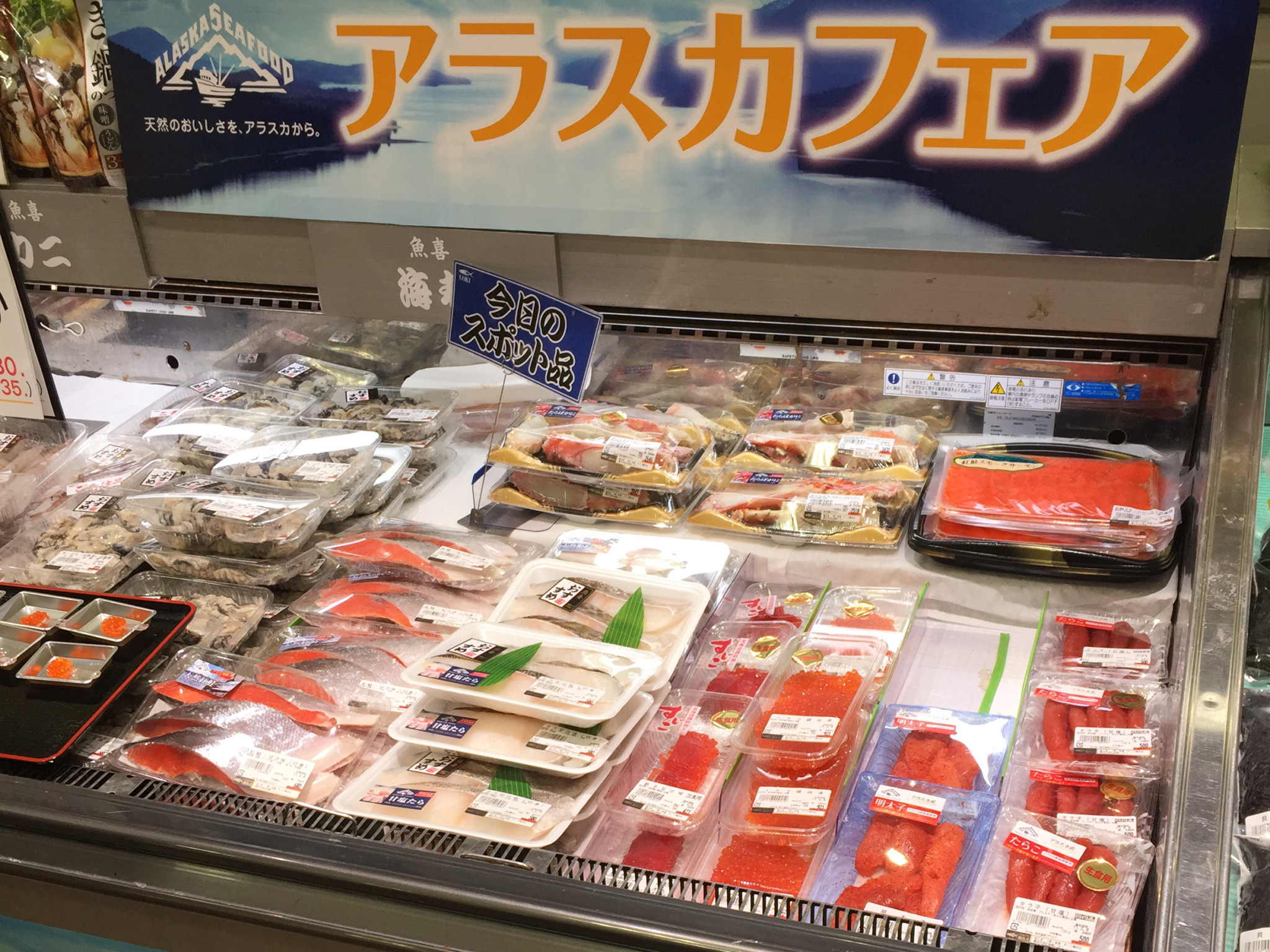The U.S. dollar has dropped in value all year against a basket of other global currencies.
While that may sound like a bad thing, it’s great news for Alaska seafood and anyone doing business overseas.
“It’s a good thing for Alaska seafood producers because roughly two-thirds of the value of our seafood comes from export markets. So when our currency is less valuable, the prices are not as high for foreign buyers,” said Andy Wink, senior fisheries economist with the McDowell Group.
It’s a turn-around for a strong dollar that has for several years made Alaska seafood very pricey for prime customers of Japan, Europe and the UK. Now they will be inclined to buy more for less.
Americans aren’t so lucky.
The weaker dollar makes the cost of imported goods more expensive here at home – including the 85 percent of seafood that’s imported into the US each year.
“A five percent swing or whatever it is in the value of the dollar will probably make seafood more expensive,” Wink predicted.
The weakening dollar is a result of global banks and investors being uncertain about the Trump administration and its ability to accomplish promises of health care reform, raising interest rates, massive tax cuts and infrastructure spending. Many analysts also point to big question marks looming over Trump’s trade policies.
“It’s the way that investors perceive the health of the U.S. economy,” Wink said.
Still, the dollar losing its mojo couldn’t come at a better time for Alaska salmon sales.
“Where we are now,” he added, “is a lot better than where we were at this time last year.”







